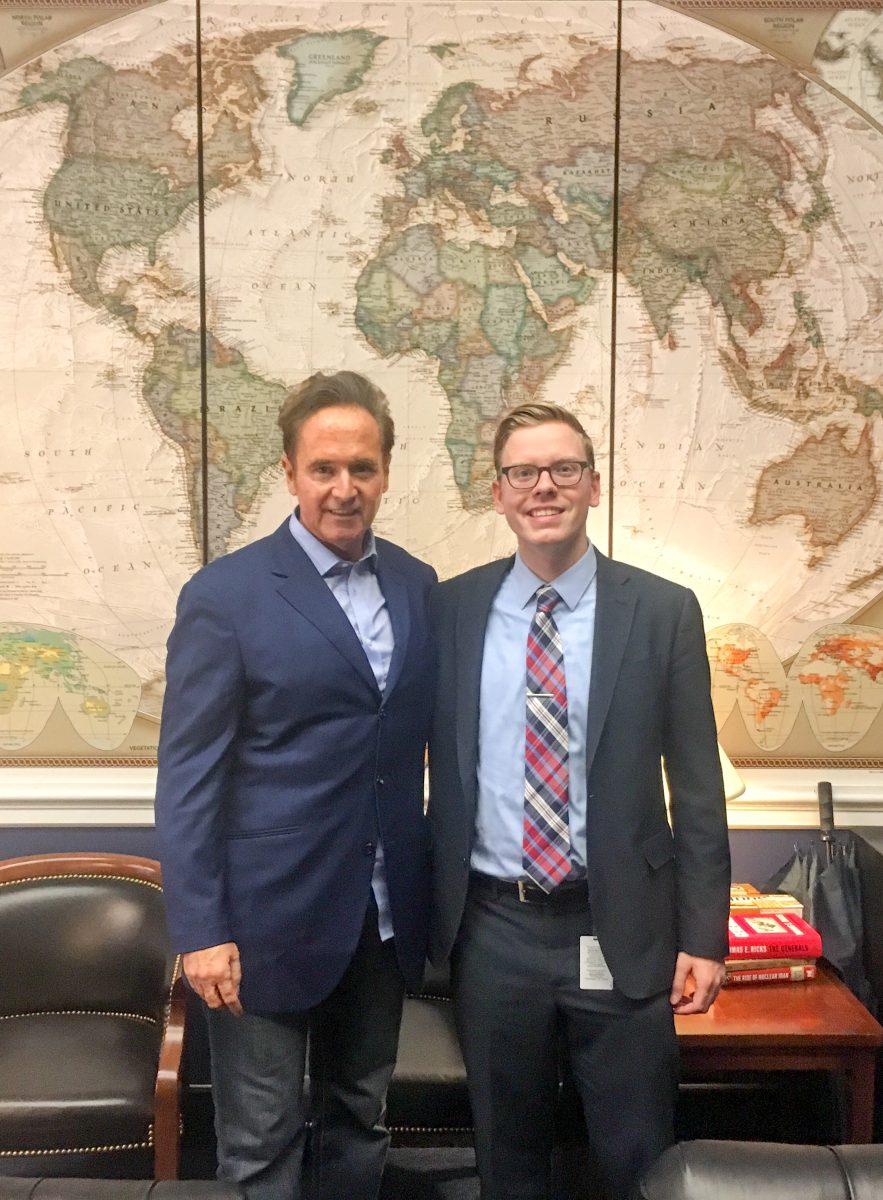
An insider’s perspective on the endurance of the Capitol
As I walked into the Rayburn House Office Building on June 8, it seemed like the entirety of Capitol Hill was standing on a knife’s edge. This day had been long anticipated by Liberals, like myself, and dreaded by Conservatives; for this was the day that former FBI Director James Comey would testify before the Senate Intelligence Committee regarding his abrupt firing by President Donald Trump.
“Comey Day” as it became known, was a day that the media had hyped up for weeks. For the first time since perhaps the Watergate hearings in the 1970s, the city of Washington was so anticipatory for a single congressional testimony that bars had specials (comically serving White Russians), offices around the city tuned in and the city came to a virtual halt, or so it seemed.
I, ironically, was not one of those who tuned in for the hearing despite my excitement for it. Instead, I was sent by my office to a briefing regarding post-incarceration transition that was held in the building directly next to the one where the historic testimony took place.
At the start of the briefing, the moderator quipped, “So today’s like the Super Bowl, yet here you all are.”
There I was, listening to a panel of law enforcement officials talk about recidivism rates while one of the most important political events of the last decade unfolded hundreds of feet away. Little did I know, this experience would serve as a glimpse into how Congress actually works; despite all the buzz, I still had a job to do.

A week later, another major event would rock the city of Washington D.C. June 14 started out as a normal Wednesday. I was not working until 1 p.m. so I had slept in and woken up to a text from a family member: “What is going on in D.C. right now?” “Nothing much, but it’s been pretty good so far,” I shot back, assuming he was just checking in to see how I was liking my internship.
Then, I checked Twitter: Republican Rep. Steve Scalise (R-Louisiana) had been shot while attending a baseball practice for the Republican congressional baseball team.
“I just checked Twitter. I’m not at work right now but I’ll let you know what the tone on the Hill is like once I get there.” I sent the text and prepared for work, not knowing what to find when I got there.
What I found on the Hill when I arrived to work would have shocked someone who didn’t know Washington: nothing had changed. As news of the shooting played on all the TVs in House office buildings, staffers and members of Congress continued doing their jobs. Yes, their colleagues had come under fire. No, they didn’t know whether Scalise was going to survive the wounds he sustained or if there were going to be more attacks. Yet, Congressional staffers continued to do their jobs. Any other city and any other institution would have come to a grinding halt, but not D.C., not Congress.
In Congress, there is little time to be stunned or idle as your country and constituents demand constant action. For an institution derided for inefficiency, the people who work in Congress are some of the hardest workers I have ever encountered. As different bombshells regarding the Trump administration dropped and various events around the country unfolded, those in Congress kept working, kept taking constituent calls, kept listening to lobbyists pitches and kept crafting legislation.
If you watch the news or read the paper, all you hear about is how inefficient Congress is or how D.C. is a swamp that needs to be drained. However, the reality is much different. Those who actually work in Congress generally aren’t career politicians. Staffers are young and, in many offices, are actually from the districts that their bosses represent. They’re your neighbors or kids you went to school with. These 20-somethings are the backbone of the legislative branch and despite the circumstances, they always keep working.
From my experience this summer on the Hill, no matter what happens around it, in Congress, life goes on.